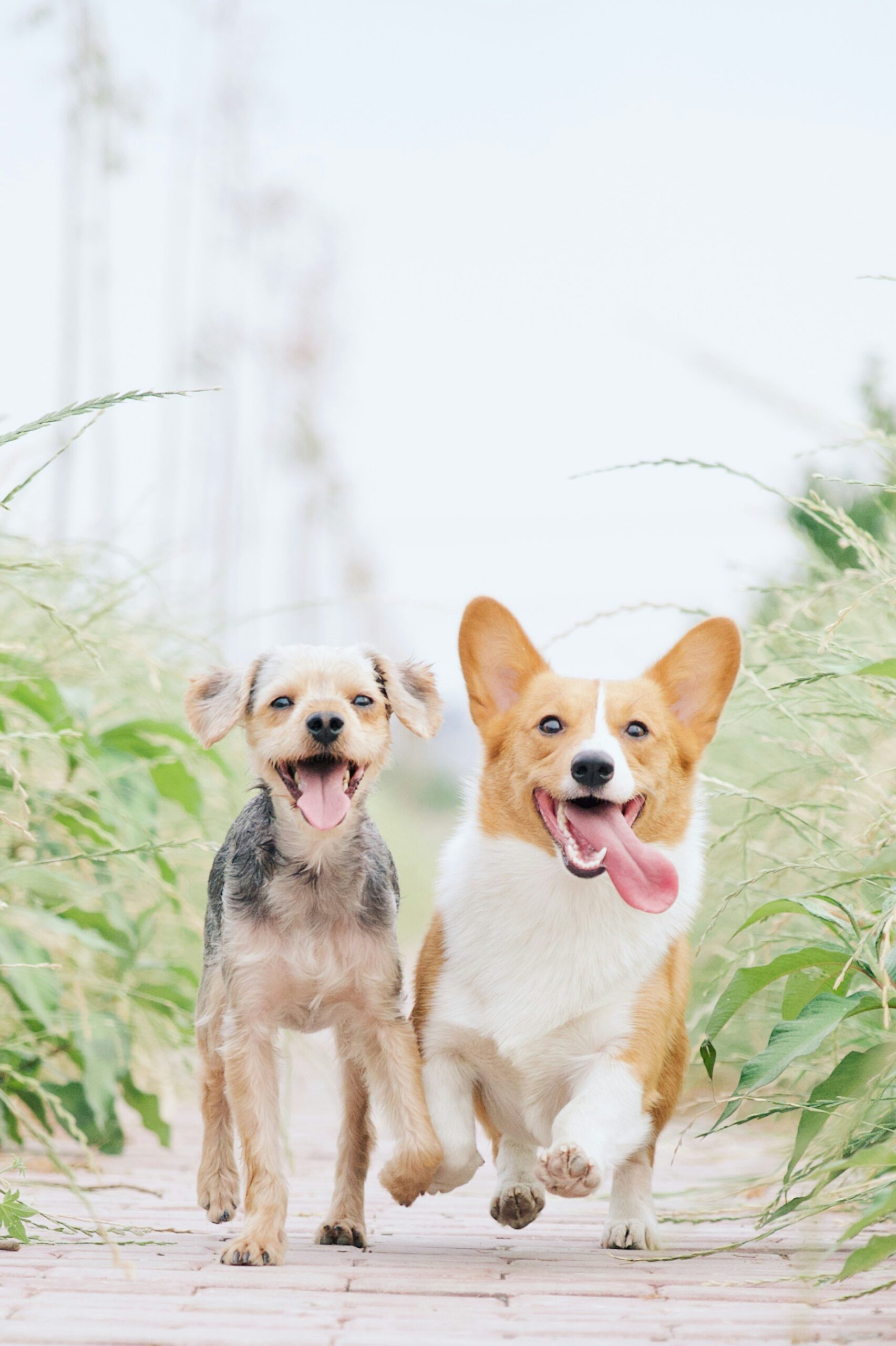Training your dog to obey in every situation is a tough task! When you teach something to your dog, it may perform well at home, but everything vanishes when you try it outside or around other people. The question here is how it happened. It’s because the command wasn’t practiced enough to be mastered in different contexts, and that’s where the 5 D’s of dog training come in.
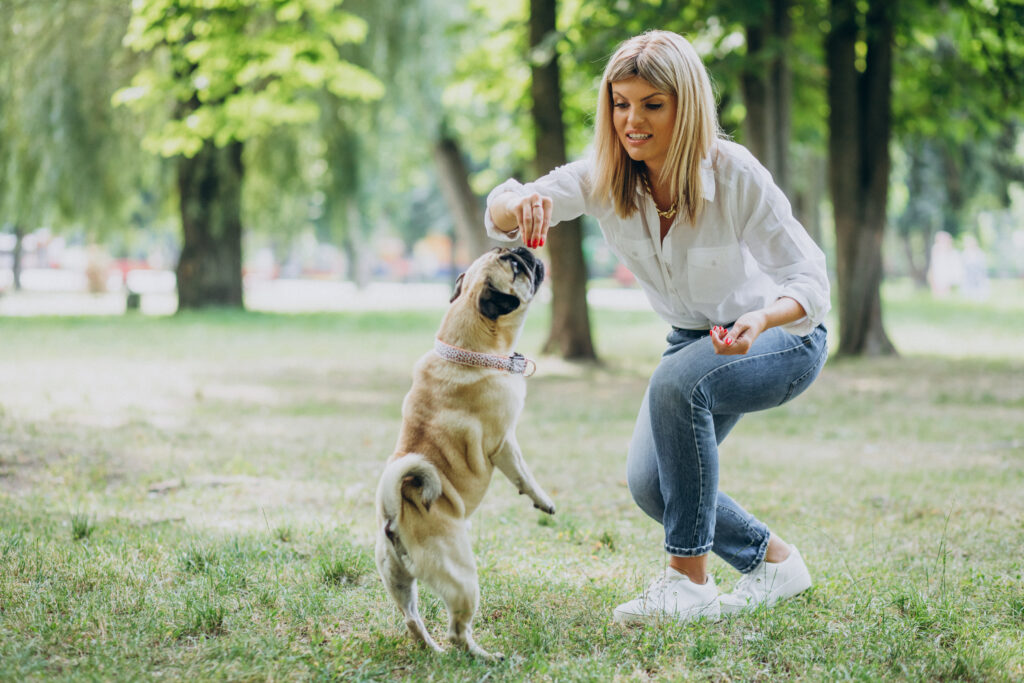
What are these 5 D’s of dog training?
It’s the distance, duration, distraction, direction, and difficulty. These are the powerful tools that assist your dog in understanding and following commands, no matter where you are. It doesn’t matter which command you are working on. The 5 D’s of dog training provide a step-by-step framework to improve consistency, build focus, and strengthen the bond between you and your furry friend. By practicing each of these elements, you can ensure your dog responds reliably both at home and in the outside world.
What are the 5 D’s of dog training?
The 5 D’s of dog training are:
Distance
Duration
Distraction
Direction
Difficulty
Why do trainers and dog owners use them?
When teaching the dog a new behavior, you cannot throw everything at them at once. That’s where the 5 D’s of dog training come in. These factors act like building blocks by helping the trainers and pet parents slowly increase the challenge as the dog improves. Instead of overwhelming the dog, it is important to make small, manageable adjustments like adding a bit more time, a little more distance, or new distractions. This gradual approach assists the dog to succeed at each stage and also boosts their confidence along the way. By carefully adjusting each “D,” trainers are setting the dog up for long-term success and making the learning process both positive and rewarding.
The 5 D’s of dog training explained
1. Distance
Distance is all about the dog and the stimuli, such as a person passing by or children playing on the same ground, and the pet owner themselves. The key is to set small, clear goals so you can make training easier or harder depending on the dog’s evolution.
Examples of Distance in Dog Training
Imagine you are teaching your dog the “stay” command. At first, you might stand just 1-2 feet away from them and ask them to stay. Once they do it accurately, you slowly increase the distance, maybe 8 feet, and then 15 feet, and then across the room. Eventually, you could step into another room while they continue to hold the stay. This gradual increase in distance helps the dog learn to follow the command even when you are not right next to them.
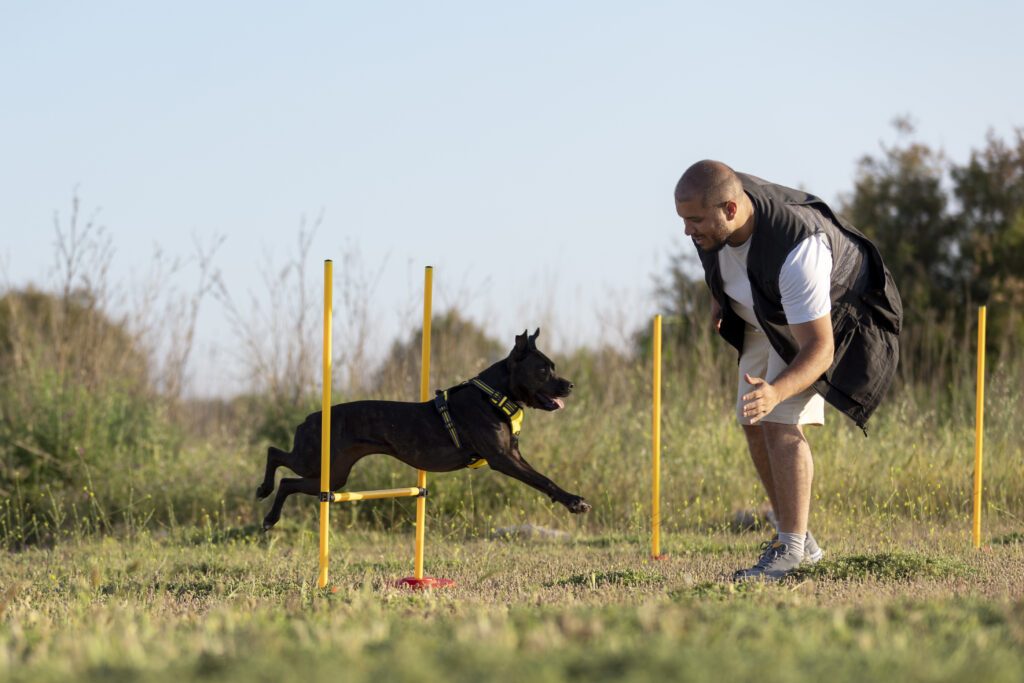
2. Duration
Duration is all about how long the dog can keep doing the behavior without being distracted. Like, a dog might be able to stay in bed for five minutes, or he can sit for 1 minute only.
It’s best to start small when teaching the duration part. In the beginning, use positive reinforcement for holding the position just for 10-20 seconds. As they get better, you can slowly increase the time.
Example of Duration in Dog Training
You ask your dog to “Sit” and then add the “Stay” command. At first, you need to reward them for holding the position for 10 seconds. Once they can do it consistently, you need to gradually increase the time from 20 seconds to 30 seconds to 1 minute, and then for several minutes. This way, the dog learns that the longer they hold the position, the better the reward is. This will build up the patience they need for real-life situations like sitting calmly at the vet’s office or waiting for the food.
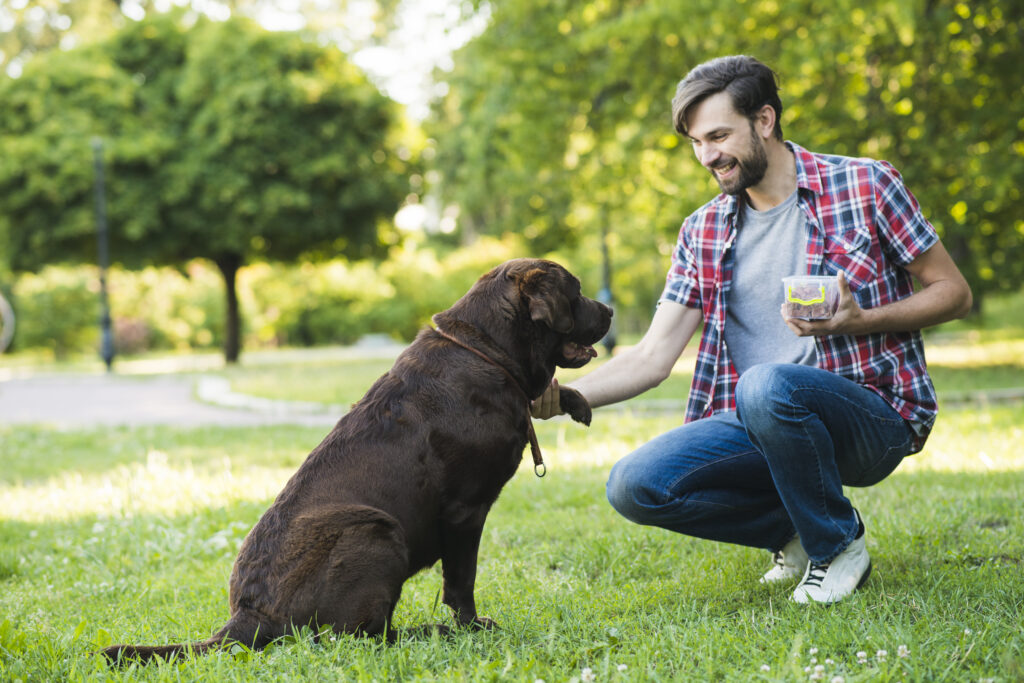
3. Distraction
Distractions are everywhere. It could be a car passing by, kids playing, another dog, or just a funny voice you make. A distraction is basically anything that pulls the dog’s focus away from the behavior the trainer is teaching. When working through the 5 D’s of dog training. Distraction plays a big role. The best way to handle them is to start simple and gradually work your way up. To begin the distraction part, one should start training in a quiet place, like inside the home, where there is little disturbance. Once the dog understands the command, move to the front yard, then the neighborhood, and eventually, more challenging places like a playground.
Example of Distraction in Dog Training
You are teaching your dog the “Stay” command in the backyard. At first, there are higher chances that they do great because the surroundings are quiet. Then your neighbor walks by with their dog, and suddenly your dog breaks the stay command and runs toward the fence. This means that the distraction (the other dog) is too strong. To train successfully, you would practice with smaller distractions first, like tossing a toy nearby or making a noise when your dog shows progress in the process. Then it’s time to work up to bigger challenges like other dogs, kids playing, parks, etc.
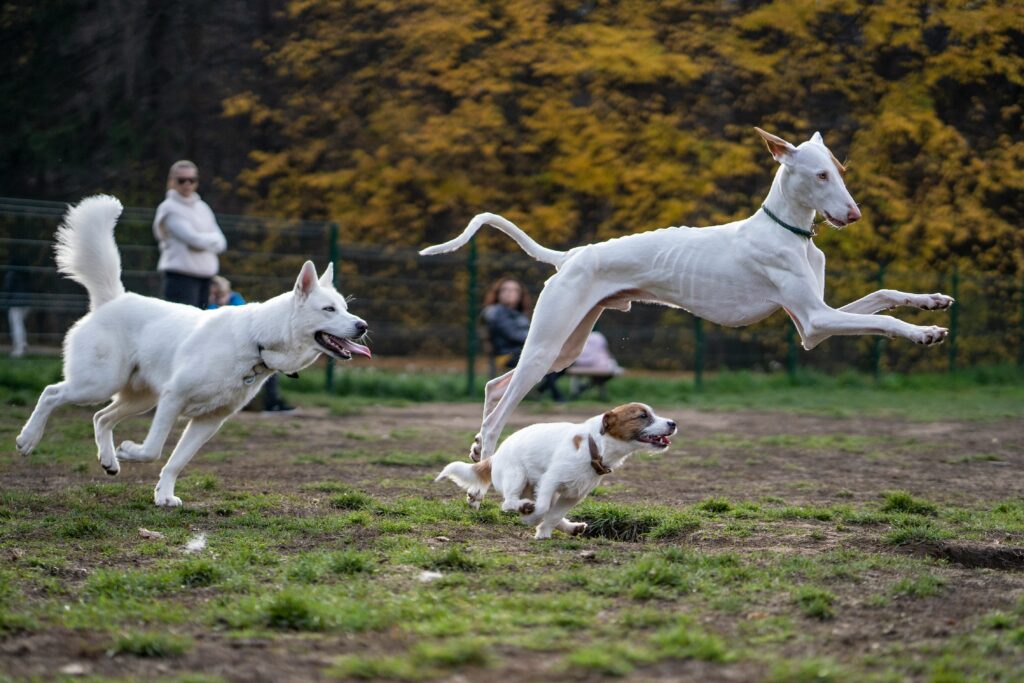
Photo by Aleksandarlittlewolf, Monica Semeonova
4. Direction
Direction is one of the lesser-known parts of dog training. But it’s more important than most people realize. Direction is all about moving in a different direction compared to the dog. Dogs are amazing at reading our body language, so even small changes like facing the dog versus turning away can completely change how they respond. The direction of a trainer or the way they stand can make training easier or more confusing for the dog. Which is why it’s worth paying attention to.
Example of Direction in Dog Training
You are teaching your dog the “come” command. If you face your dog and take a step backward while calling them. They will usually come towards you because your body is inviting. But if you turn your back and walk away while saying “come.” Your dog might get confused and not follow. This shows how much your body direction and movement can influence the way your dog understands and responds to a command.
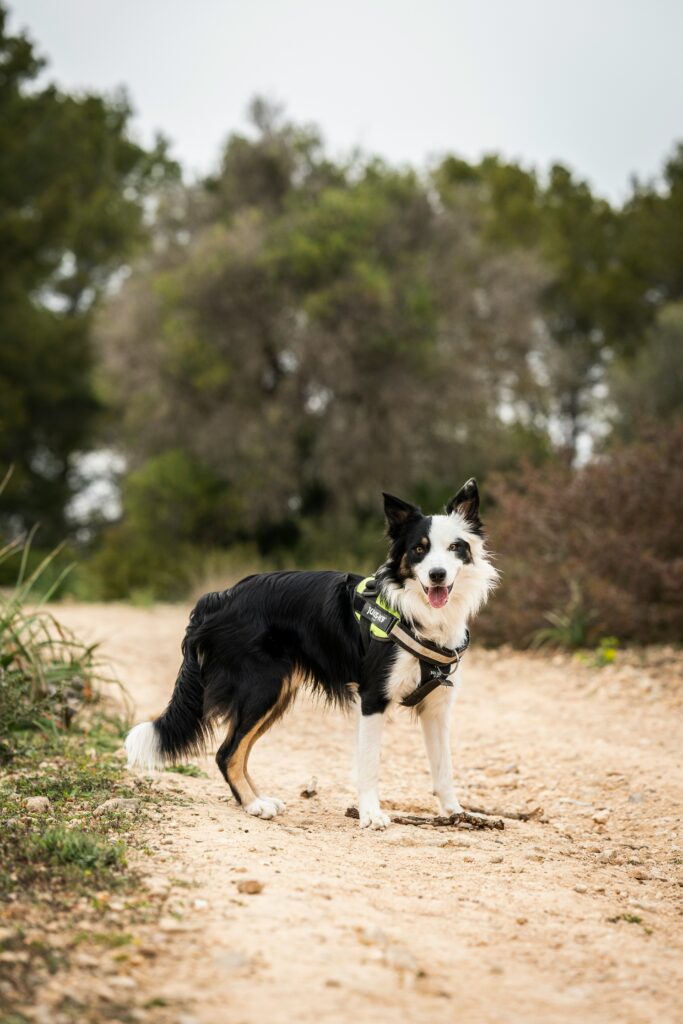
5. Difficulty
Difficulty is one of the trickiest parts of the 5 D’s of dog training. It simply refers to how hard the task is for your dog. Some commands are naturally easier, like “sit,” while others, such as “stay” or “leave it,” require more patience and control. The key is to move from simple tasks to more complex ones in small steps. Always aim for a balance. If the challenge is too hard, the dog might get frustrated and give up. If it’s too easy, they won’t learn or stay engaged. Adjusting the difficulty little by little keeps the dog successful, confident, and motivated to keep going.
Example of Difficulty in Dog Training
Once your dog has mastered sitting in a quiet room, you can make it harder by asking them to sit with mild distractions around, like in the front yard, or by combining commands like “Sit” then “Stay.”
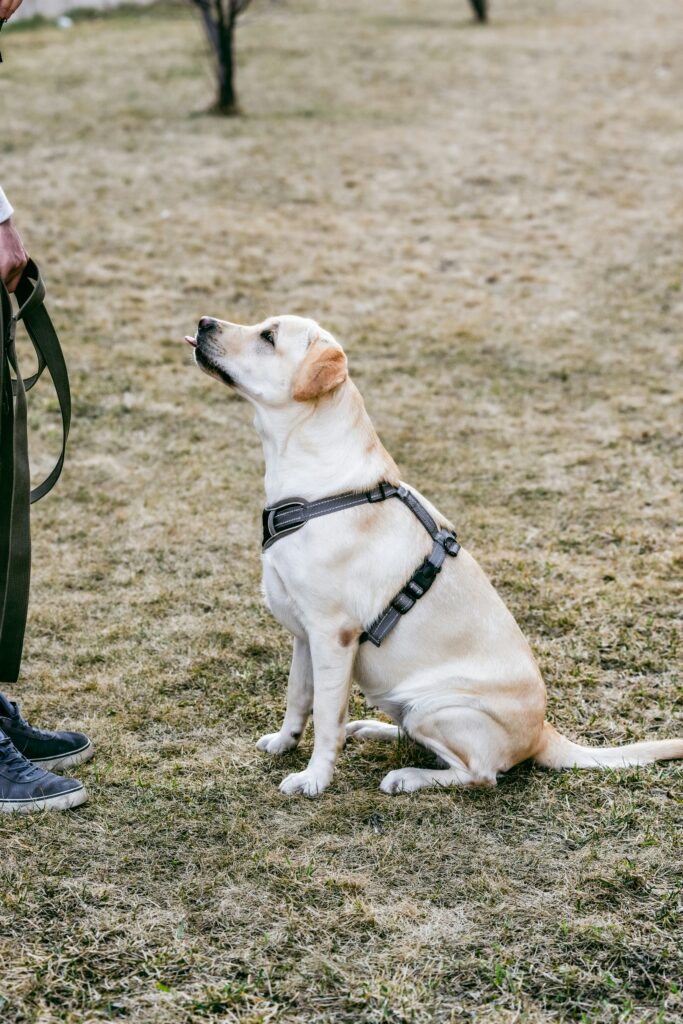
One step at a time
When practicing the 5 D’s of dog training, it’s best to only increase one “D” at a time.
For example, if you are working on getting your dog to sit for a longer time (duration), don’t also try standing farther away (distance) at the same time. Pick one thing to focus on, help your dog succeed, and then move on to the next step.
Think of it like learning new skills yourself. Imagine you are trying to play a guitar and also learning French. It’s a lot easier to practice the guitar on its own and study French on a different day. Once you have gotten better at both separately, you might be able to play guitar while singing in French, but that only happens after plenty of practice with each skill on its own. Dogs are the same way. They learn best when you take it slow and steady, building one skill at a time. This approach makes training less stressful and helps your dog improve much faster.
Final words
The 5 D’s of dog training, distance, duration, distraction, direction, and difficulty, are powerful tools that help trainers and pet parents shape their dog’s behavior step by step. By focusing on one “D” at a time and gradually increasing the challenge, learning becomes easier, building the dog’s confidence, and strengthening an emotional bond between dog and owner. Whether teaching basic obedience or advanced skills, keeping the 5D’s in mind will set the owner and dog up for long-term success. With patience, consistency, and positive reinforcement, the dog will be well on their way to becoming a well-mannered and happy companion.

